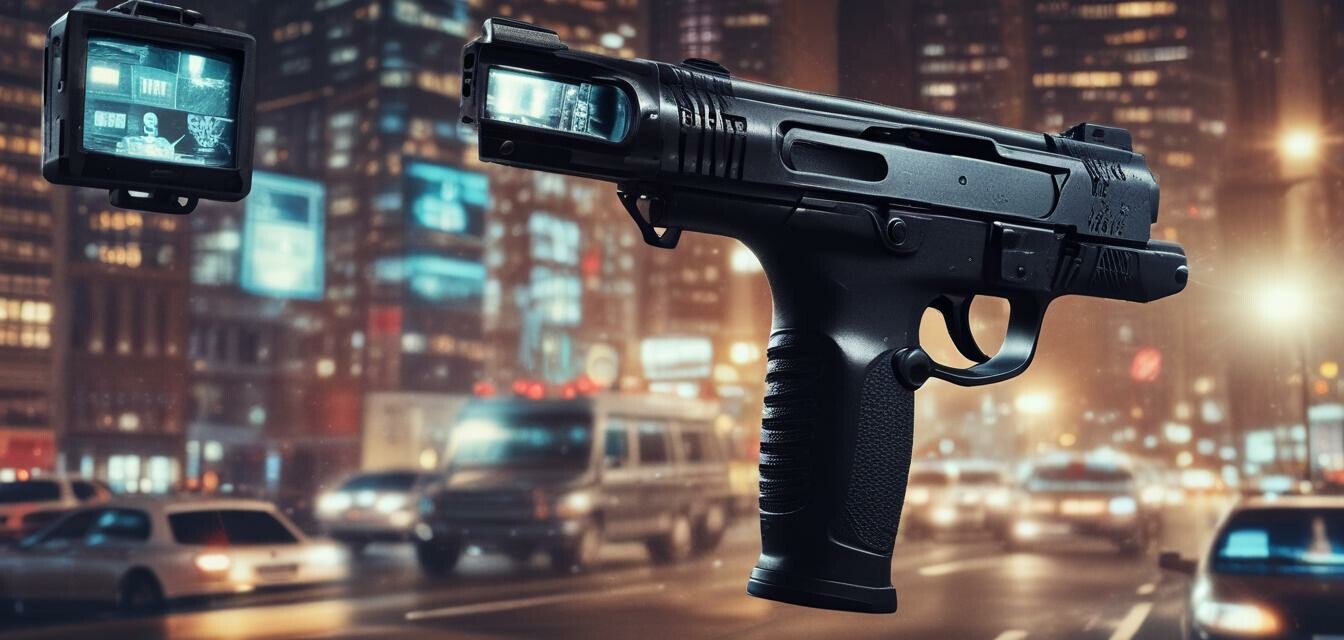
How to choose the right police scanner for you
Key Takeaways
- Understanding types of police scanners is crucial for informed decisions.
- Consider your specific needs and local regulations.
- Look for features that enhance usability and accessibility.
- Balance between budget and quality for best results.
- Regular maintenance prolongs the lifespan of your device.
Choosing the right police scanner can seem overwhelming, especially with the numerous options available on the market. This comprehensive guide aims to provide you with practical advice to help you select the best police scanner to match your needs and environment. Whether you are a beginner or someone looking to upgrade, understanding your requirements is essential for making an informed decision.
Understanding different types of police scanners
Police scanners are categorized into various types, each serving specific purposes. Understanding these types can help you choose the right one:
| Type | Description | Best For |
|---|---|---|
| Analog Scanners | Receives traditional analog signals. | Basic listening needs. |
| Digital Scanners | Capable of receiving digital frequencies. | More advanced users with complex listening needs. |
| Radio Scanner Apps | Mobile applications mimicking traditional scanners. | Casual users looking for convenience. |
| Trunking Scanners | Receive conversations from trunked radio systems. | Users needing to follow specific organizations. |
Factors to consider when choosing a police scanner
Here are some essential factors that you should consider when selecting your police scanner:
- Frequency Range: Ensure the scanner covers the frequency range used by local law enforcement.
- Programmability: Look for scanners that allow easy programming for various channels and frequencies.
- Portability: Consider size and weight if you plan to move the scanner frequently.
- Price: Set a budget. Higher-priced models may offer advanced features but determine your actual needs first.
- Battery Life: For portable models, check how long the battery lasts.
How to use your police scanner effectively
Once you've chosen your police scanner, knowing how to use it efficiently is vital. Here are some tips:
Tips for beginners
- Familiarize yourself with the user manual to understand all features.
- Start by programming only a few local frequencies to avoid overwhelming yourself.
- Keep a frequency list handy for quick reference.
- Regularly update your scanner to ensure you have the latest frequencies.
- Use headphones to improve reception in noisy environments.
Understanding local regulations
Before using your police scanner, familiarize yourself with local regulations regarding scanner use. In some areas, it may be illegal to use a police scanner while driving or to listen to certain communications.
Pros and Cons of police scanners
Pros
- Access to real-time updates on local incidents.
- Ability to monitor emergency services and traffic conditions.
- Educational for understanding local law enforcement practices.
Cons
- Risk of distractions if not used responsibly.
- Legal restrictions may limit use in certain areas.
- Technical difficulties may arise, needing updates or repairs.
Regular maintenance tips
Maintaining your police scanner can prolong its life and ensure efficient operation. Here are some maintenance tips:
- Keep the scanner clean from dust and debris.
- Update software and firmware regularly to fix bugs and improve functionality.
- Store the scanner in a dry, safe place to prevent damage.
- Check battery health; replace it if it shows signs of deterioration.
Conclusion
Choosing the right police scanner is essential for maximizing your listening experience. By understanding the types of scanners available, considering the features that matter most to you, and following some practical tips on usage and maintenance, you can enjoy all that police scanners have to offer.
Check out our article on buying guides to learn more about selecting the right equipment!
